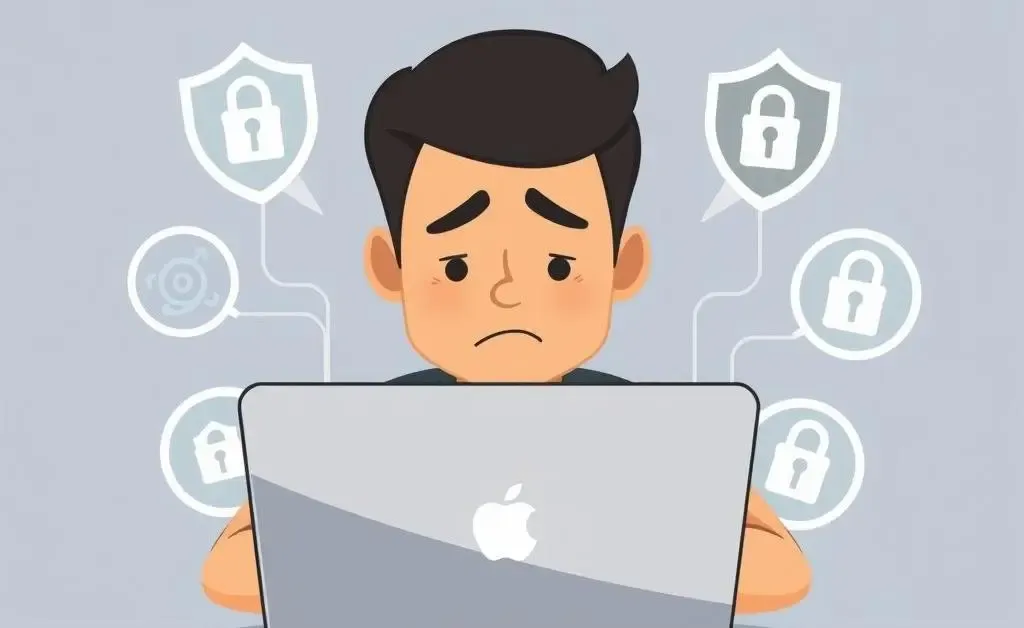Protecting Your Personal Information: How to Stay Safe After a Data Breach
Learn practical steps to safeguard your financial information after a data breach.

Have you ever wondered what to do when you hear about a data breach at a major retailer where you recently shopped? It's a fear that most of us live with quietly in the back of our minds. But knowing what steps to take next can turn that anxiety into proactive protection.
What Is a Data Breach?
A data breach occurs when unauthorized parties gain access to sensitive information, such as your name, address, or banking details. These breaches can happen at companies, retail stores, or even through social media platforms. Understanding what a data breach is and how it can affect you is the first step in staying safe.
How a Data Breach Affects You
Data breaches can feel invisible and overwhelming. Imagine receiving a generic email from your bank, informing you of a possible compromise of your financial information. Suddenly, you're picturing a faceless hacker peering into every aspect of your financial life. Luckily, taking steps swiftly can significantly reduce any potential harm.
Steps to Secure Your Information
- Change Your Passwords: Update your passwords for affected accounts and consider using a password manager to keep track of everything.
- Monitor Your Accounts: Regularly check your banking and credit card accounts for any unauthorized transactions.
- Alert Your Bank: Notify your bank immediately if you suspect your account was compromised and discuss your options.
- Utilize Credit Monitoring: Enroll in a credit monitoring service to receive alerts of suspicious activity.
- Consider a Credit Freeze: For severe breaches, a credit freeze can prevent new credit lines from being opened in your name.
Relatable Anecdote: A Calm After the Storm
I remember the first time I experienced a data breach. I was picking up groceries when a notification popped up on my phone. My bank had detected suspicious activity. After a mini panic attack, I followed these steps, and within days, everything was resolved. It's daunting, but manageable!
With these practical steps under your belt, the next time you hear about a data breach, you'll know exactly what to do—it'll feel less like a storm and more like a passing rain shower.
Stay Ahead of Future Threats
In the digital age, it's not only about understanding what to do after a breach, but also about preventing one. Employing two-factor authentication, staying informed about the latest security trends, and being selective about the information you share online can go a long way.
Have you ever experienced the headache of dealing with a breach? What steps did you take to get back on track?




